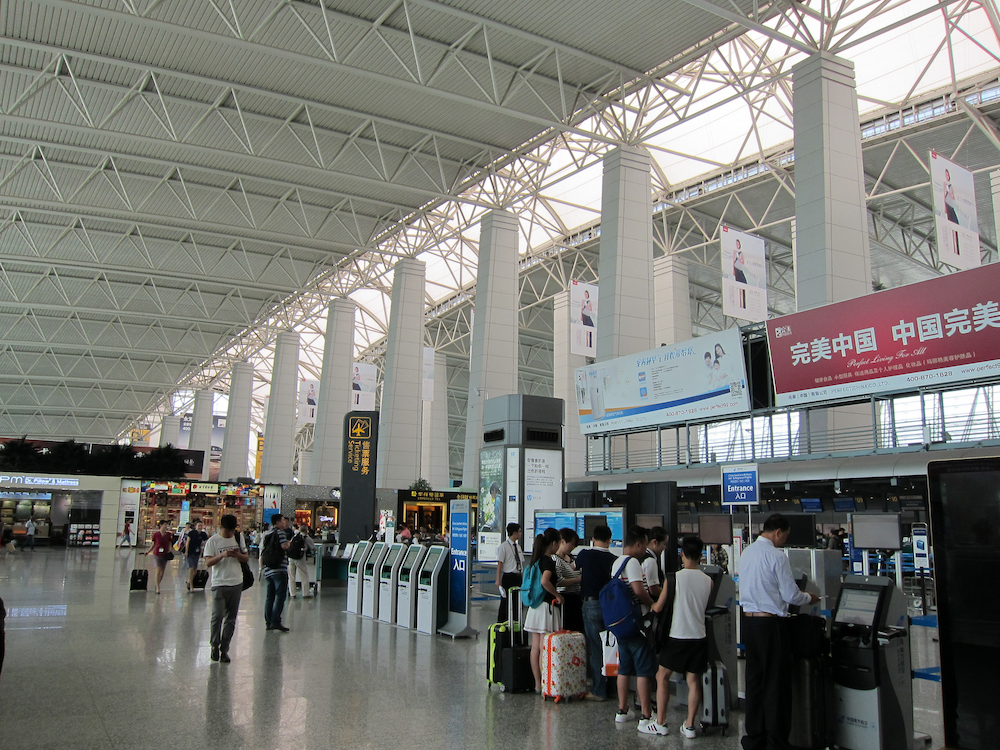Passenger traffic heads East
This is a special feature from PAX International's June 2021 Asia-Pacific digital edition.

Check-in area at Guangzhou Baiyun International Airport
After long dominating the world in yearly passenger traffic, Hartsfield-Jackson Atlanta International Airport (ATL) slipped to second place in 2020 and was replaced at the top spot by Guangzhou Baiyun International Airport (CAN), logging more than 43.7 million passengers, compared to 42.9 million at ATL.
The pandemic shift in airline passenger movement does not stop there. Seven of the 10 top airports in passenger traffic for 2020 are located in China. One in particular, Chongqing Jiangbei International Airport jumped to sixth place all the way from 48th, moving nearly 35 million passengers last year, according to the yearly statistics compiled by Airports Council International.
ACI published the preliminary findings April 22, reflecting the dramatic impact of COVID-19 on what are ordinarily the world’s busiest airports. Global passenger traffic at the top 10 decreased by 45.7 percent in 2020. Overall, passenger traffic at the world’s airports decreased by 64.6 percent.
“What we know about the Top 10 this year, is that it was very much affected by uneven travel restrictions in different regions,” explains Patrick Lucas, Vice President of Economics at ACI in Montreal. While he says he expects ATL to return to the top spot for passenger traffic next year, airports in China, particularly Beijing Capital International Airport (PEK) and the newly opened Beijing Daxing Airport (PKX) will remain in the Top 10.
As passenger traffic lagged through much of the world, air cargo movement performed well by comparison, posting only a 12 percent decline from 2019. By the end of 2020, ACI reported that cargo volume had rebounded to pre-pandemic levels. What will drive more tonnage will be an increase in capacity, says Lucas.
“Cargo should get a boost when belly capacity recovers with the restart of international travel, mostly operated by wide body,” he says. “Online retail should stay strong and the overall industry recovery will likely fuel the demand for air cargo.”
To increase the number of comfortable, confident passengers, groups like ACI are developing programs to stimulate demand by launching initiatives like the ACI Airport Health Accreditation Programme. They are also calling on world governments to reduce passenger-based taxes and economic regulation.
“Airports should be free to tailor the structure and level of airport charges to their specific circumstances and develop targeted pricing strategies that meet their specific market situations,” says Lucas.
Additionally, he says airports should have the freedom to set charges to cover operations and capital costs.

